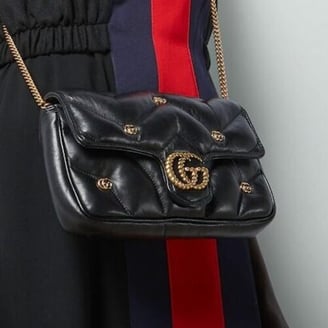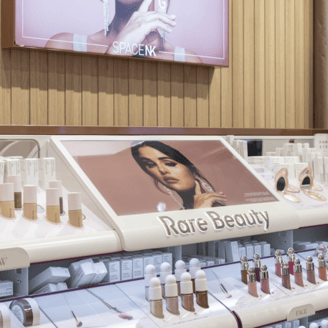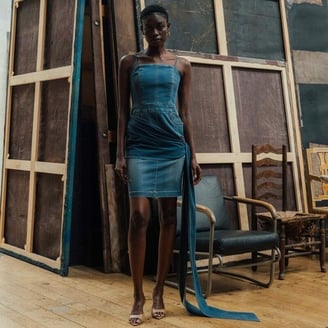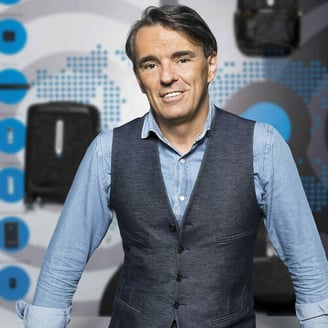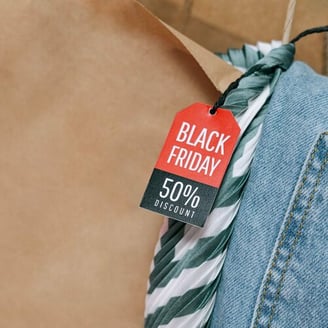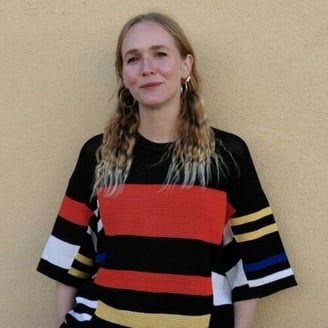Bloomberg
Nov 10, 2023
Making Farfetch fashionable to investors again is a stretch
Bloomberg
Nov 10, 2023
When Farfetch Ltd. came to market in a $7 billion initial public offering in 2018, it promoted itself as a way to tap into the huge online demand for luxury goods, without the big spending that had dogged European rival Yoox Net-a-Porter.
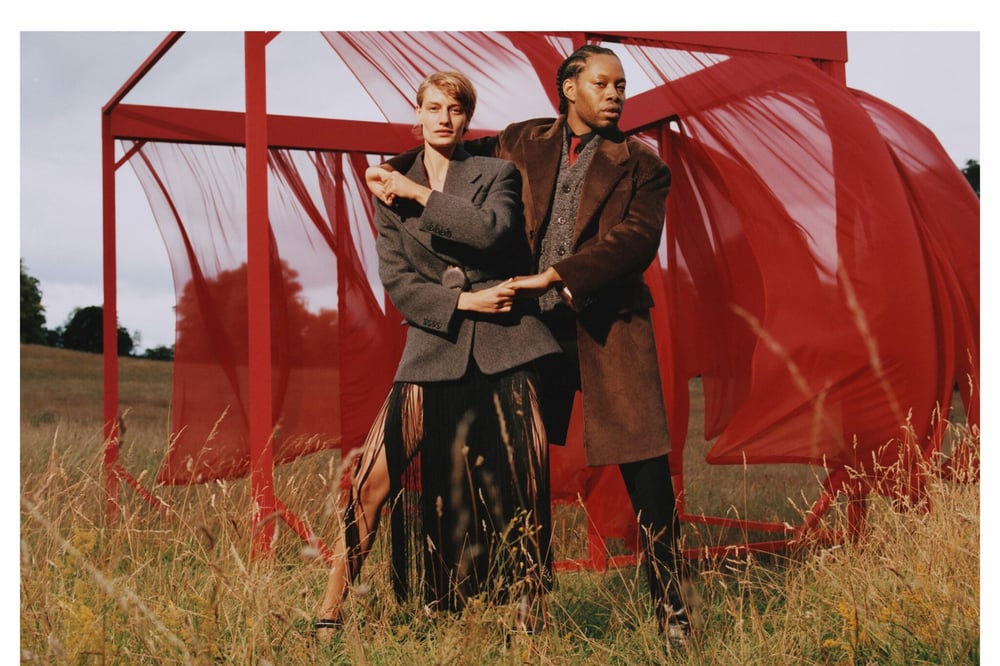
Farfetch, though, has proved to be anything but capital light. It has burned through at least $1 billion of cash since listing, as it shifted from connecting top-end buyers with boutiques to a mish-mash of marketplace, online department store, physical retailer, tech company and brand owner — a misadventure that has saddled it with $1.6 billion of total debt and shriveled its market capitalization to about $630 million today from a peak of $26 billion in 2021 at the height of the pandemic’s online craze.
Things don’t look much more promising operationally. Amid the downturn in luxury demand, its targets to be profitable before interest, tax, depreciation and amortization and to generate positive free cash flow this year look overly ambitious.
The company needs to close the deal with Richemont to acquire a 47.5% stake in YNAP, which will bring in additional revenue. It must also simplify its business by selling off assets, including New Guards Group, which operates the late Virgil Abloh’s Off-White streetwear label. If these actions can’t turn its fortunes around, then it must contemplate raising capital from shareholders, or put itself up for sale.
Farfetch has been undone by the unwinding of two pandemic trends: cooling demand for luxury goods after consumers splurged on Rolex watches and Prada loafers, and a shift back to shopping in physical stores.
But the company is also suffering from some self-inflicted wounds, such as the diversification from its core marketplace business, with acquisitions including New Guards, sneaker reseller Stadium Goods, famous London fashion store Browns and, most recently, beauty retailer Violet Grey to launch it into cosmetics and fragrance, a strategy now abandoned.
At its third-quarter earnings later this month, Farfetch must reassure investors on both its near term finances and its longer-term future.
Its debt pile includes $600 million of convertible notes held equally by Richemont and Alibaba Group Holding Ltd. There is an option for these to be settled in cash or shares in 2026. Given that the Farfetch stock price is considerably lower than the conversion price, there is a risk that these instruments will have to be repaid, which could deplete its cash holdings, currently about $630 million.
That’s why it must complete the YNAP deal, slated for the end of this year. This could add $3 billion to the total value of goods sold by Farfetch, according to Bloomberg Intelligence, as most of Richemont’s brands, including Cartier and Van Cleef & Arpels, will join. Farfetch was expected to process $4.4 billion of orders this year, according to the Bloomberg consensus of analysts’ estimates, so this is a big jump.
On completion of the first phase of the deal, which recently received regulatory approval, Richemont will make a $450 million credit facility available to YNAP, while the business will have $290 million of cash on its balance sheet.
It’s not clear that Farfetch will be able to access this without increasing its holding in YNAP. The transaction however,brings Farfetch and Richemont closer. The Swiss group typically takes a long-term view, and online luxury has been a key plank of its strategic vision for many years. All this makes it less likely to force early repayment of the convertible notes.
Even so, to ensure this sales boost bolsters profit too, Farfetch must accelerate its cost-cutting plans, which already involve job cuts and shrinking its real estate footprint, and reducing investment to what is strictly necessary.
It recently appointed a new chief financial officer, but founder and controlling shareholder Jose Neves remains chairman and chief executive officer. Given the scale of the task at Farfetch, splitting these roles would be wise. Either appointing a strong chairman or CEO to work alongside Neves would increase management bandwidth.
The top team should immediately set about simplifying the company, reasserting its authority over the core business of connecting luxury buyers and sellers.
New Guards Group is the most obvious disposal candidate. As well as the Off-White license, it also operates streetwear brand Palm Angels, and is Reebok ’s partner outside of the US. While the Reebok arrangement should generate significant sales, it involves a more than $300 million payment over the next 11 years.
LVMH, which owns the Off-White name, has the right to acquire the license for this brand in 2026 and is in talks with Farfetch about taking it back, according to Miss Tweed, the luxury news site. London’s iconic Browns fashion store and associated website should also be offloaded.
If this can’t put Farfetch on a firmer footing, then it will have little choice but to raise capital from investors, potentially including Richemont, which is expected to hold 12%-13% of Farfetch on completion of the first phase of the YNAP deal.
Another option would be for Richemont to acquire Farfetch outright in a repeat of the transaction in 2018, when it took full control of YNAP. Given that the current deal to sell a majority stake of YNAP is aimed at ridding itself of the online retailer’s losses, it may be reluctant to step in.
Finally, Farfetch could put itself up for sale. But this isn’t the best time to find a buyer, given the slowdown in luxury, pressure on tech companies and higher interest rates, which restrict private equity’s firepower.
None of these options will be easy to pull off. But without radical action, delivery for shareholders looks, well, farfetched.
Copyright Bloomberg



